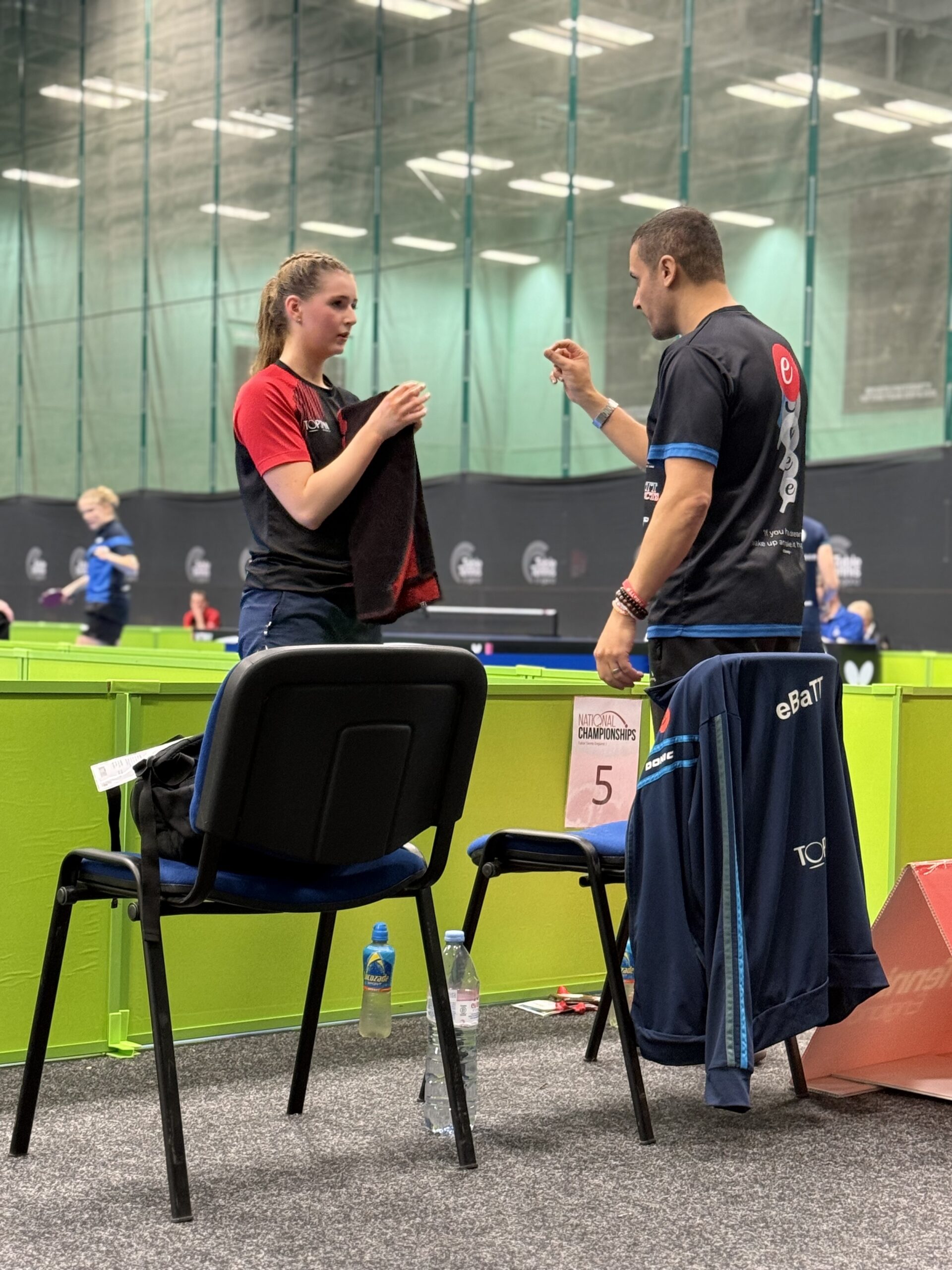
Importance of Table Tennis Short Touch (Video Blog)
How Important is a short touch in modern table tennis? Short Touch In today’s modern, (high-level table tennis matches) the short touch is far less

How Important is a short touch in modern table tennis? Short Touch In today’s modern, (high-level table tennis matches) the short touch is far less

When I first started coaching 19 years ago, I was obsessed with having a good table tennis technique. I am not 100% as to why
The backhand flick has become one of the most used shots in table tennis. I could be wrong but I believe Dimitrij Ovtcharov, is the

Don’t be Blind to the Importance of Vision in Table Tennis See, Respond, React. Steve Brunskill Steve Brunskill, is one of England’s best and most

How do we develop high-quality table tennis shots? First, we must understand the difference between perception and what is actually high-quality shots in table tennis!

How do we develop high-quality shots in Table Tennis? First, we must understand the difference between perception and what is actually high quality! Perception

For most, a table tennis forehand topspin is the stronger wing! But why? And how can we make our forehand even better? Why: Power comes

Table Tennis Grip and handle shape I was asked by an international player if I could provide my opinion and thoughts regarding table tennis grip
We are often told, that was a high-risk table tennis shot, or we tell ourselves that was a poor shot selection. After one or two

I am constantly asked how do I improve my table tennis consistency? 3x Exercises that can help you develop your consistency 1. Multi-ball or TT







eBaTT – Table Tennis Centre
Our Table Tennis Club is a dedicated table tennis centre based in North West London. We provide and cater for anyone and everyone. This includes; table hire, group coaching, adult coaching, service & receive clinics, senior citizen coaching, open club play, tournaments, events, ping pong birthday parties and we pride ourselves on being welcoming and friendly to all.
We are open 7 days a week offering a huge variety of open & closed, coaching & non-coaching group sessions
Get the latest updates by providing your email to us and thus becoming a subscriber to our newsletters, (once a month).